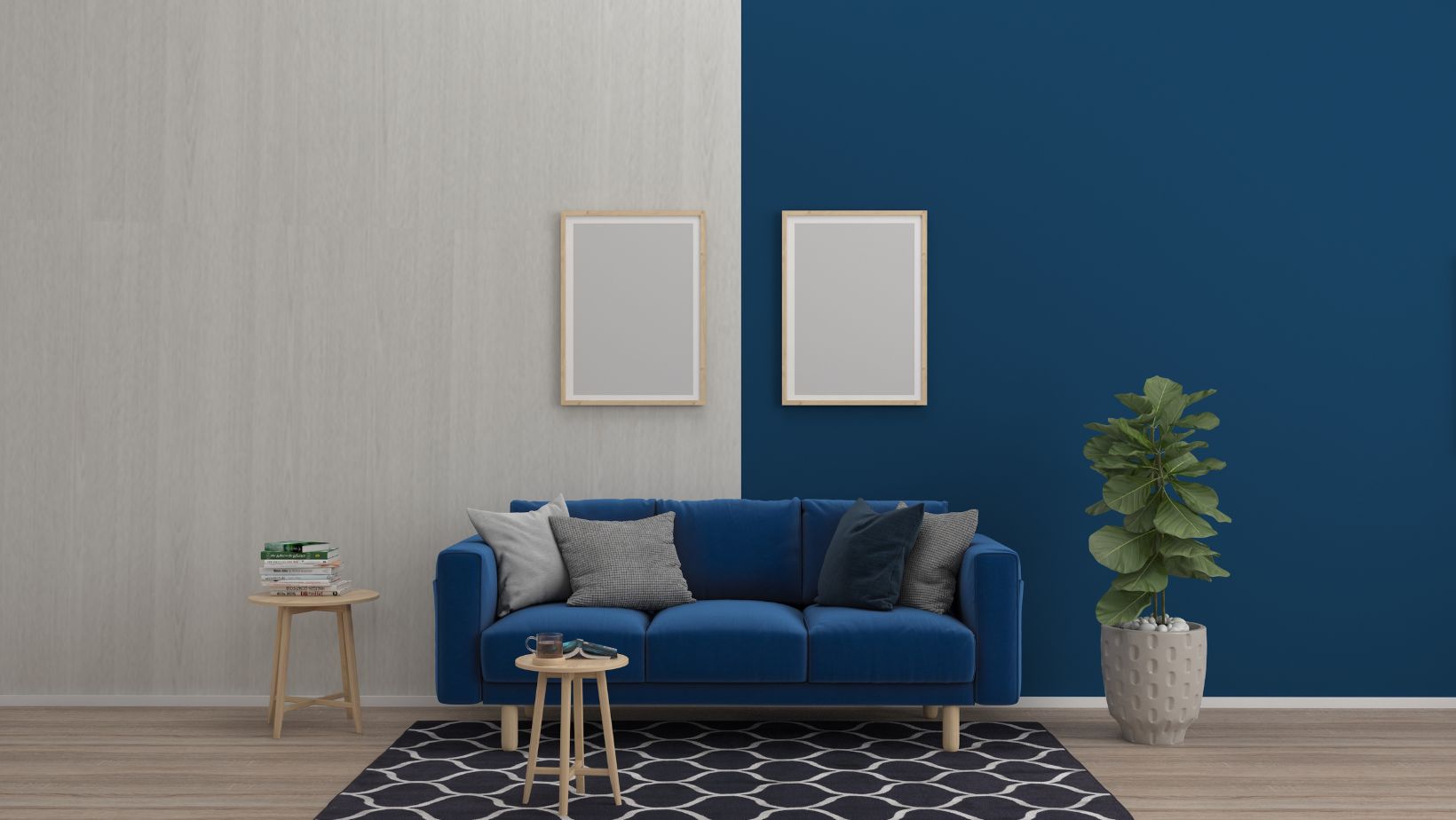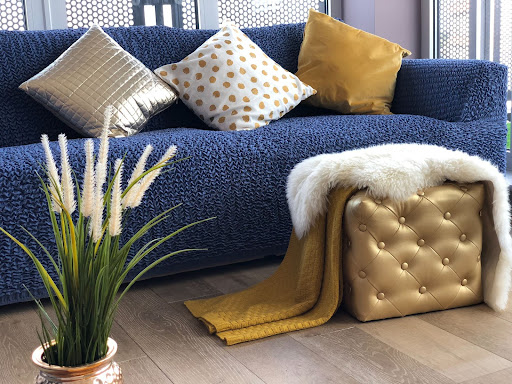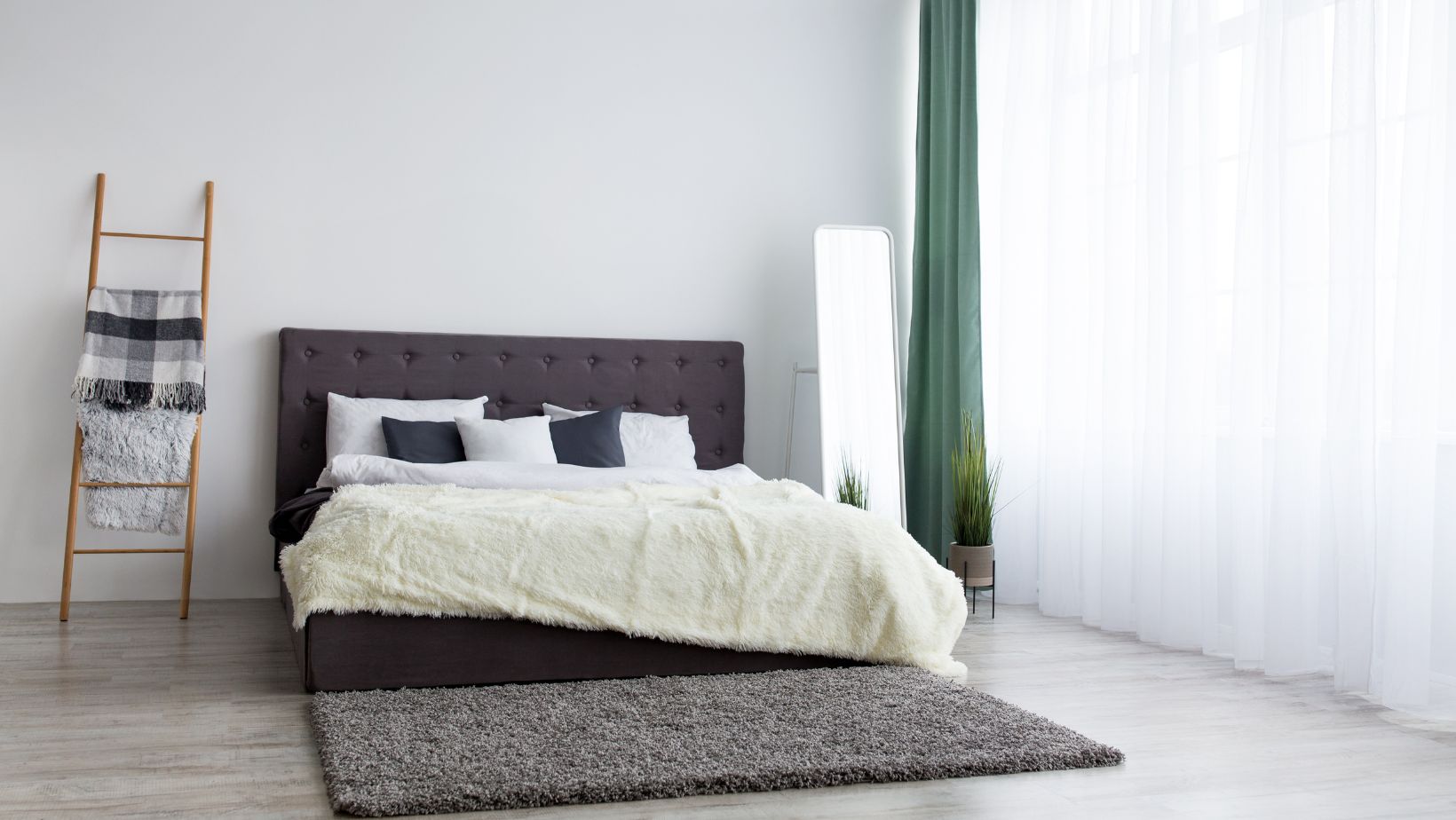A Deep Dive into the Diversity of Most Popular Design Styles

Design is personal, an intimate expression of who we are. These are the colors that comfort us, the textures that invigorate our senses, and the ambiance that resonates with our souls. In this journey, even humble seat cushion covers can transform a space and spark inspiration. Welcome to a guide on how to create a home that’s uniquely yours.
10 Most Famous Design Styles
From traditional to modern aesthetics, interior design has become a rich tapestry of styles. Each design style tells a unique story, shaping the ambiance of our surroundings in distinct ways. Feeling overwhelmed about where to begin? Take a trip through the 10 most famous design styles, absorb their influence, and select the one that resonates with your heart:
- Minimalist. Characterized by simplicity and functionality, minimalist design focuses on clean lines and a neutral color palette.
- Modern. Modern design is forward-thinking, embracing sleek lines, open spaces, and technological advancements.
- Contemporary. Ever-evolving, contemporary design reflects current trends, often blending various styles, materials, and textures.
- Industrial. Inspired by urban aesthetics, industrial design features raw materials, exposed structures, and a utilitarian feel.
- Mid-Century Modern. This style is rooted in the post-World War II era and emphasizes clean lines, organic shapes, and a connection with nature.
- Bohemian. The eclectic, free-spirited, bohemian design embraces a mix of patterns, textures, and global influences, creating a vibrant and laid-back atmosphere.
- Scandinavian. Known for its simplicity, functionality, and use of natural materials, Scandinavian design emphasizes light and space.
- Traditional. Timeless and elegant, the traditional design draws inspiration from classic European styles, featuring ornate details and rich colors.

- Rustic. Rooted in natural elements, rustic design highlights raw materials, earthy tones, and a cozy, welcoming atmosphere.
- Transitional. Bridging traditional and contemporary, transitional design combines classic elements with modern aesthetics for a balanced and timeless look.
Embracing Cultural Influences
Sometimes design diversity goes beyond mere stylistic choices. It’s also an opportunity to embrace the cultural tapestry that makes each individual and their house unique. Create a place that tells a story of yours. Incorporate family accessories, artifacts, photographs, and a palette of colors and patterns that resonate with your cultural identity This not only creates a home infused with personal history but also serves as a meaningful lesson for the younger generation, fostering appreciation and pride in their cultural heritage.
Moreover, the beauty of cultural diversity lies in its ability to create a harmonious blend of traditions and modernity. Integrating cultural elements into contemporary design allows you to celebrate your roots while contributing to an aesthetic that honors inclusivity and diversity. It’s important to remember that when you decorate a space, you are crafting a narrative that echoes your cultural heritage in a modern setting.
Breaking Stereotypes: Redefining Design Norms
Design is about breaking free from norms. Challenge stereotypes and explore stories of designers who dared to be different, paving the way for a more diverse and inclusive design landscape. Your home doesn’t have to fit a mold — let it express your individuality.
One example of an interior designer breaking stereotypes with innovative ideas is Kelly Wearstler. Kelly is a contemporary interior designer known for her fearless and distinctive style. Her work, exemplified by projects like the Proper Hotel in San Francisco, showcases a departure from design norms. Using unexpected combinations of art and furnishings, she creates each room to feel like a curated collection rather than a single design theme.
Wearstler’s hallmark includes vibrant colors, statement furniture, and unconventional materials, redefining the notion of “high-end” in interior design. Her approach encourages a break from convention, highlighting the significance of personal expression and uniqueness in design.
Inspiration
There are plenty of sources to get your inspiration from. It could be our blogs, social media, magazines, or movies. Movies, in particular, can transport us to different worlds, showcasing blow-minding interior design opportunities. Undoubtedly, you’ve encountered films where the design steals the show. Capture those moments — take screenshots, note the timing, sketch out ideas, or store them in your memory bank. These cinematic snapshots can become invaluable when crafting your dream living space.

Alternatively, step into the future where technology intertwines with design. Consider harnessing the power of AI digital tools or platforms to shape your dream space. Dive into virtual reality creation without advanced drawing or sketching skills. All that’s required is your imagination, a desire to create, and a dash of patience. Be bold and peek into the world of technology and witness impeccable influence.
Ultimately, the essence lies in designing a space and crafting a sanctuary that deeply resonates with your spirit. Remember that diversity is the key to unlocking the full potential of your living environment. Embrace the rich tapestry of cultural influences, extend your boundaries, play fearlessly with colors and textures, and discover inspiration in the seemingly mundane. Your creative journey awaits — happy designing!
-
Personal Finance5 months ago
How Do I Find My UCAS ID Number?
-
Success5 years ago
Consistency: The Key Ingredient to Success
-
Uncategorized5 months ago
What Does Conditionally Approved Mean For An Apartment?
-
Motivation2 years ago
How To Become a More Organized Person?
-
Others4 years ago
Work Health and Safety: 8 Reasons to Maintain a Clutter-free Office
-
Entrepreneurs3 years ago
Why Diversity is Key in Business Marketing
-
HK Pools5 months ago
The HK Pools Forum Comunity Jos Markotop 2D Warna Kuning – A Great Way to Stay Connected
-
Sport1 year ago
What Makes Soccer Betting So Great?



























